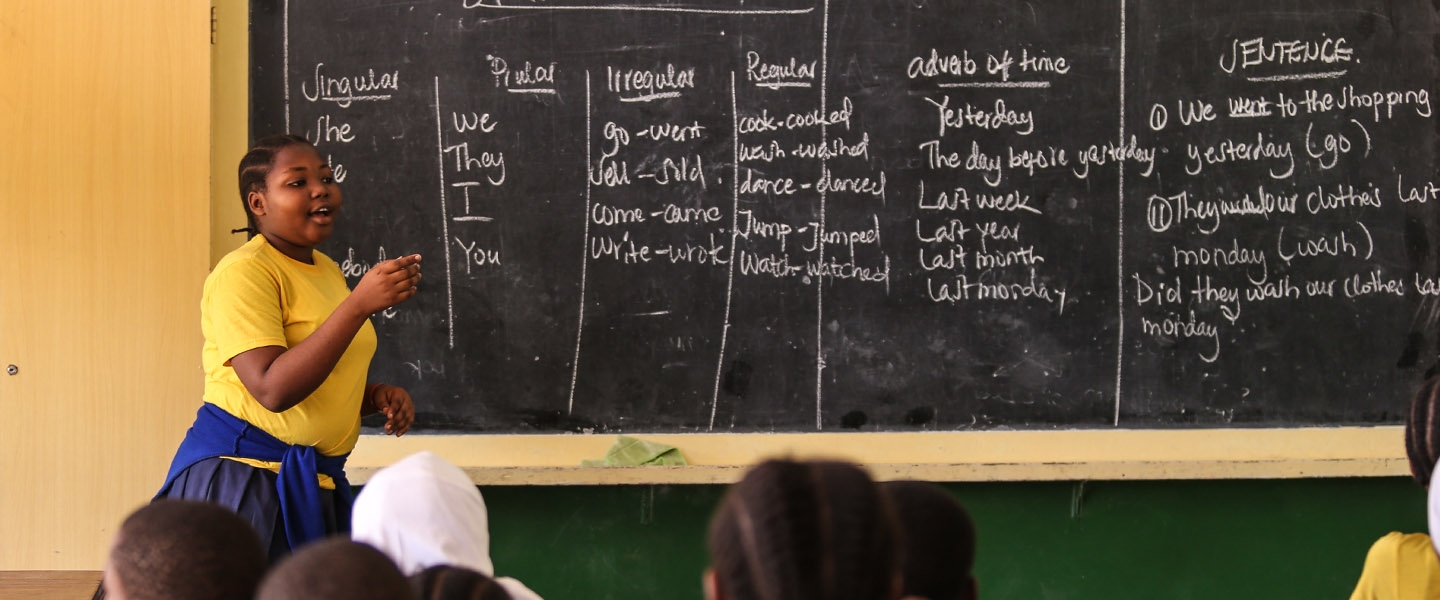IDA is overseen by its 175 shareholder countries, which comprise the Board of Governors. The day-to-day development work of IDA is managed by Bank operational staff, governments, and implementing agencies.
IDA has historically been funded largely by contributions from the governments of its member countries (see IDA contributors). Donors meet every three years to replenish IDA resources and review its policy framework. Officials from the now 50+ donor governments (known as “IDA Deputies”) and representatives of borrowing member countries ensure that IDA’s policy and financing frameworks are responsive to country needs. IDA also engages with civil society organizations (CSOs), foundations and think tanks around the world when developing its policy frameworks.
The most recent replenishment of IDA’s resources, the twentieth (IDA20), was finalized in December 2021, resulting in a historic $93 billion financing package for IDA countries for fiscal years 2022-2025. The financing package is the largest ever mobilized in IDA’s 61-year history.
How IDA funds are allocated
IDA borrowers have significant needs for concessional funds. IDA must therefore make decisions about how to allocate scarce resources among eligible countries.
Allocation decisions are based on several criteria, including each country’s income level and performance record in managing their economies and ongoing IDA projects.
To be eligible for funds, countries must first meet the following criteria:
» Relative poverty defined as GNI per capita must be below an established threshold (updated annually). In fiscal year 2025, this was $1,335.
» Lack creditworthiness to borrow on market terms and therefore have a need for concessional resources to finance the country’s development program.
In addition, countries are then assessed to determine how well they implement policies that promote economic growth and poverty reduction.
How IDA projects are implemented
The borrower government implements the project with technical assistance and support from the Bank. Adequate safeguard polices, and fiduciary controls are put in place. Once underway, the implementing agency reports regularly on project activities and prepares status reports.
The project’s progress, outcomes, and impact on beneficiaries are monitored throughout the implementation phase to obtain data to measure the operation’s ultimate effectiveness.
The final outcomes are then compared to expected results. The information gained is often used to determine what additional government measures and capacity improvements are needed to sustain the benefits derived from the project.
The Bank’s Independent Evaluation Group assesses the performance of roughly one project out of four (approximately 70 projects a year), measuring outcomes against the original objectives, sustainability of results, and institutional development impact.
Last Updated: Oct 19, 2024

